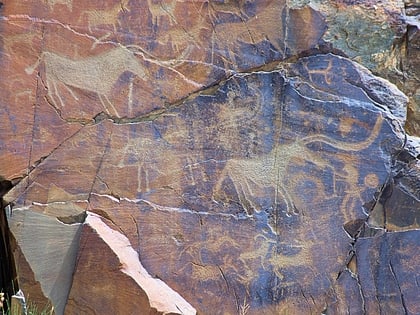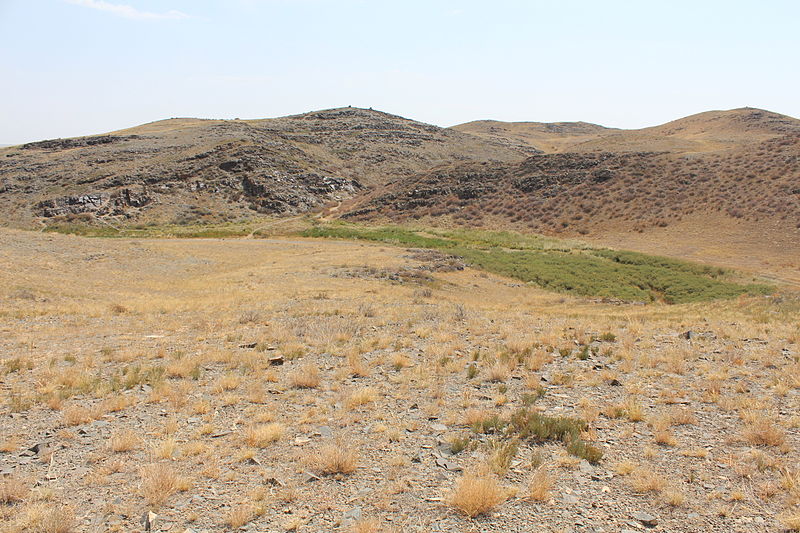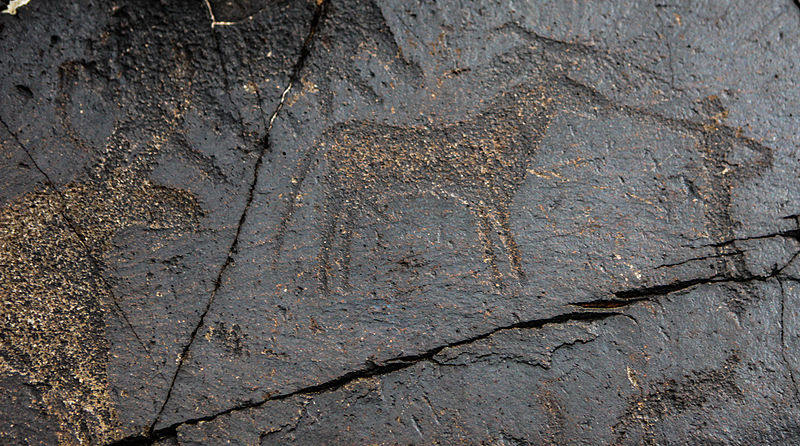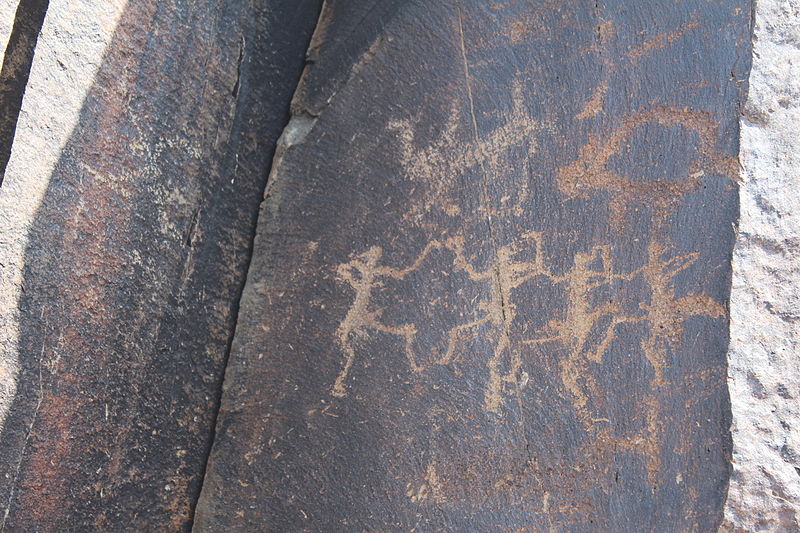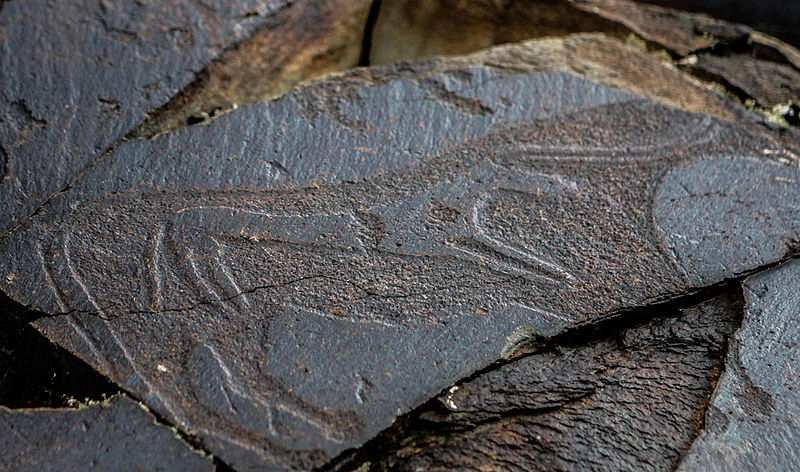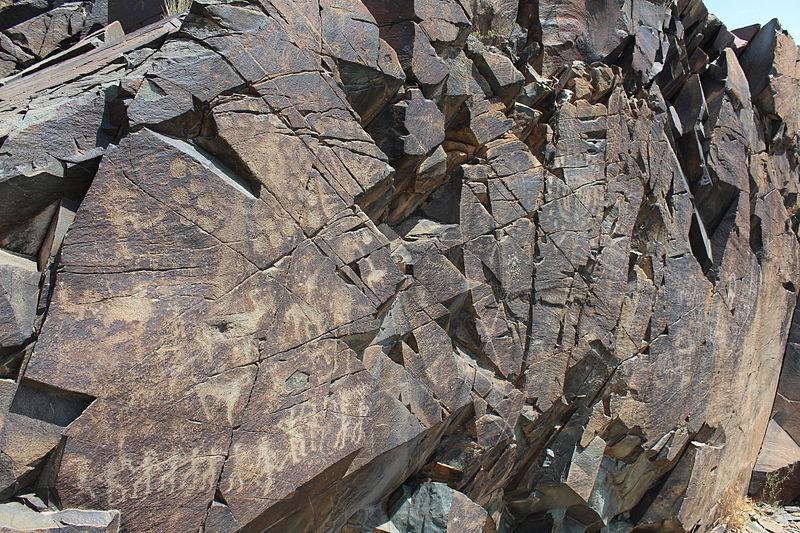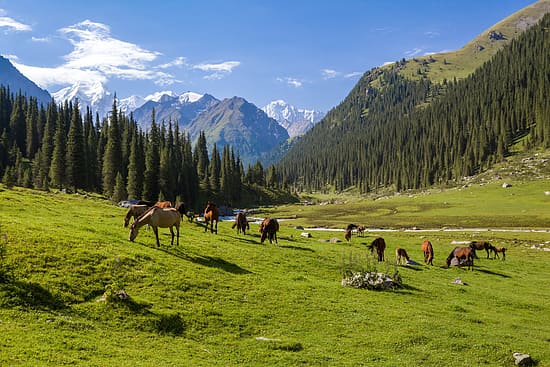Tanbaly
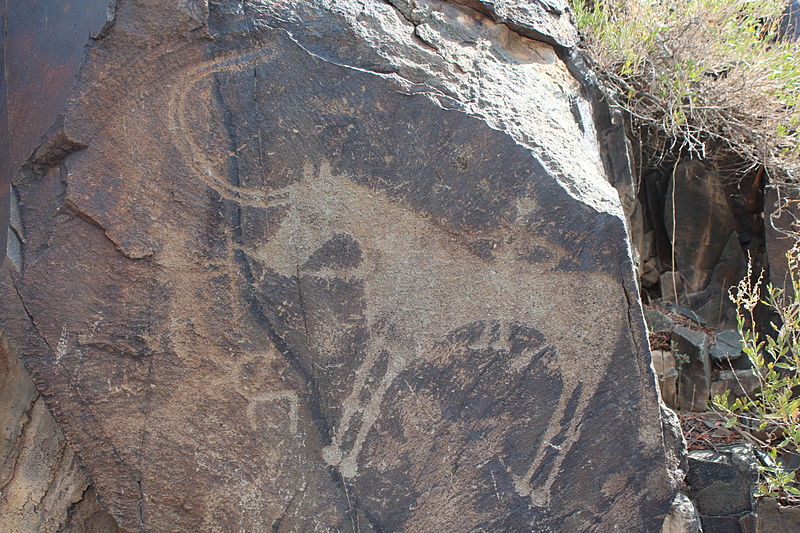
Facts and practical information
Nestled in the rugged landscape of Kazakhstan, Tanbaly, also known as Tamgaly, is a fascinating sight that offers a window into the distant past. This UNESCO World Heritage site, located approximately 170 kilometers northwest of Almaty, is renowned for its vast collection of rock carvings, or petroglyphs, which date back to the second half of the second millennium BC.
The petroglyphs at Tanbaly are an outstanding testimony to the prehistoric human societies that once inhabited this region. The site boasts over 5,000 rock carvings that depict a variety of scenes and symbols, ranging from hunting and ritual dances to sun-headed deities and mythical creatures. These ancient images are etched into the black stones of the desert landscape, providing an open-air gallery that is both striking and enigmatic.
The significance of Tanbaly extends beyond its artistic value. The site is a crucial source of information on the lifestyles, beliefs, and social structures of the people who lived in Central Asia during prehistoric times. The diversity and complexity of the carvings suggest that Tanbaly was a significant spiritual and cultural center where rituals and ceremonies were regularly performed.
Visitors to Tanbaly can explore the area and marvel at the petroglyphs that have withstood the test of time, bearing silent witness to millennia of human history. The site not only offers a unique cultural experience but also provides a serene and contemplative environment, set against the backdrop of the picturesque and undisturbed natural scenery.
Almaty
Territory of five former Soviet republics is a distant and fascinating region, a clash of post-Soviet climate with fairytale orient.
See article